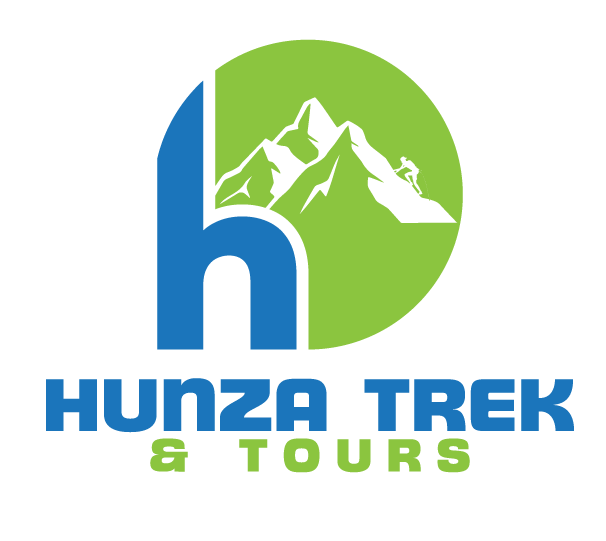
Thus, Afghanistan has been a victim of conflict and civil war for the past several decades, but there is also a region of Afghanistan where neither foreign forces nor the Taliban has ever entered. Oh, that region is the Wakhan Corridor, which is right between Gilgit-Baltistan and Tajikistan.
Between Gilgit-Baltistan and Tajikistan, there is only a 16 km wide strip that separates the two countries otherwise Tajikistan also becomes a neighboring country of Gilgit-Baltistan.
It is a high mountain region that is the Pamir Mountains, Hindu Kush Mountains, and Karakoram Range
Transportation:
There is no paved road in the whole of Wakhan and no public transport of any kind. Dirt roads and makeshift paths connect the various regions and villages of the Wakhan while the means of travel are horses, camels, and yaks.
Twice a year some supply trucks travel through these dirt roads and their owners make their way back after selling supplies to the Wakhi communities. Only a few truck drivers can go to Wakhan.
Geographical Facts:
The length of Wakhan is about 350 km.
While its width is a minimum of 16 and a maximum of 64 km.
This region is located at an altitude of 4,923 meters.
.
Population, Nations, Religion, and Language:
The people of Wakhan is only around 12000.
The majority in Wakhan belong to the “Rakhi” ethnic group while others are “Kyrgyz”.
The main language here is “Wakhi” while “Dari” is also spoken in Wakhan.
The majority of the Wakhi people are followers of the Ismaili Muslim faith.





.
Weather:
The weather in Wakhan is freezing. Wakhan 9 months
Stay:
The way of life of the Wakhi people is completely different from the rest of Afghanistan. These people live in the form of tribes or communities.
Most of these tribes live in round-shaped tents known as Yurts.
These tent-like houses are constructed with the help of wood, yak skin, and stone, which are plain and colorless on the outside, but very beautiful and decorative on the inside.
In addition, other Wakhi people live in houses made of mud and stone, in the form of small villages.
Economy and Livelihood:
Due to harsh weather, farming is not possible in Wakhan. The livelihood of the people here is herding. The Wakhi people raise yaks, horses, sheep, and Sukhani camels.
In the Wakhan, only grass grows during the thaw after 3 to 4 months, which is cut and stored to feed cattle for the rest of the year.
The people of Wakhan sell sheep’s wool, yak skins, live cattle, and unique Wakhi cheese “Kurt” to the outside world, besides buying the stock of flour, grains, pulses, and vegetables.
Food:
The daily diet of the Wakhi people is very simple consisting of wheat bread, butter, and salted tea.
Yak milk and the butter, yogurt, and cheese (Kurt) made from it occupy a prominent place in the diet of the Wakhi people.
Yak and buffalo meat also play an important role in the diet of the Wakhi people. These people do not waste any part of the meat but cook and eat everything including the head, eyes, tongue, and stomach of the animal.
In the few months when the snow melts, in those days, along with the grass, an onion-like green vegetable also grows, which is the only one of all.
Education:
There are a few counting schools throughout Wakhan where education is only up to middle or secondary. Both boys and girls can attend some of these schools, but these schools are often several hours away.
Health:
There are no private hospitals or clinics in Wakhan. There are a few government-counting clinics that are open only for part of the year and not for the whole year. However, diseases and health problems are also very limited in Wakhan.
An isolated life:
Although the life of the Wakhi people is very difficult, hard and full of hard work.


0 Comment